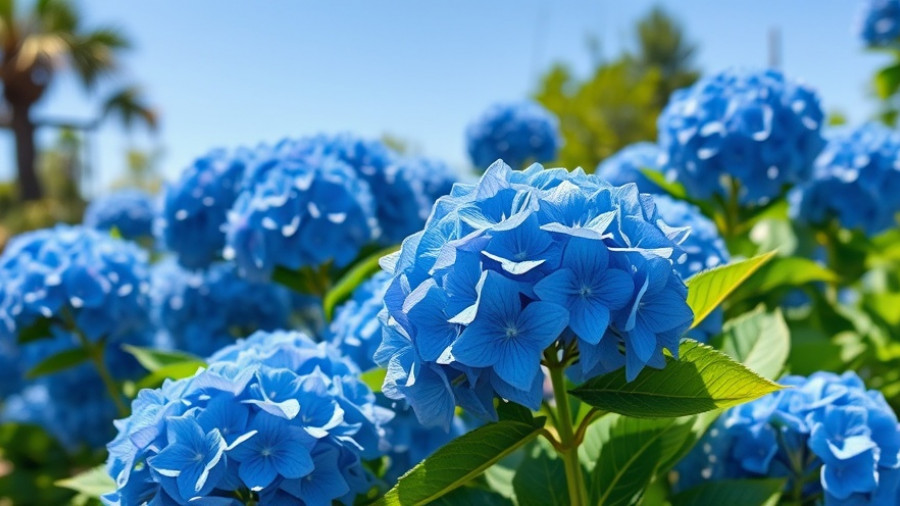
Unlocking the Beauty of Fan Aloe: A Creative Touch for Your Garden
Fans of succulents, rejoice! If you're looking for a way to add texture and unique flair to your outdoor space, the fan aloe (Kumara plicatilis) is a stellar addition. This evergreen succulent shrub, known for its captivating rosette of fleshy leaves that shimmer in blueish-green tones and its striking shape, can transform any garden into a stunning showcase. Derived from South Africa, the fan aloe thrives in warm climates and is not only visually pleasing but also a low-maintenance choice for those committed to eco-friendly yard care.
Why Fan Aloe Stands Out
At first glance, fan aloe might be mistaken for a traditional aloe due to its thick, succulent leaves. Unlike its famous relative, its unique structure resembles a fan, hence the name. The visual appeal is enhanced by the occasional serrated edges and white spots on its foliage, making it a significant addition for backyard makeover ideas. Moreover, its drought-resilient characteristics promote sustainability, allowing you to conserve water while still enjoying the beauty of your landscape.
Choosing the Right Spot for Your Fan Aloe
For optimal growth, placing your fan aloe in a location where it receives full sun throughout the day is essential. These plants thrive best when basking in bright sunlight, which encourages vibrant foliage and successful blooming. If you're considering integrating it into your garden planning, remember that a well-drained soil mix will help avoid root rot, especially in areas with poor yard drainage solutions.
Caring for Your Fan Aloe: Essential Tips
Taking care of your fan aloe requires minimal effort, making it perfect for busy gardeners or those new to plant care:
- Watering: Allow the soil to dry completely between waterings. Overwatering can lead to issues such as root rot.
- Soil Type: Use a cactus or succulent mix to ensure proper drainage. You may also want to incorporate some sand into your soil for additional drainage.
- Fertilizing: Apply a balanced fertilizer during the growing season to promote growth and blooming.
Creative Design Ideas with Fan Aloe
The versatility of fan aloe extends beyond its beauty; it can also be creatively integrated into designs such as container gardening arrangements or as a stunning anchor point for fire pit designs. Imagine a tranquil backyard oasis featuring soft lighting from landscape lighting ideas, surrounded by tall fan aloes defining the pathways. Or use raised garden beds to lift these beauties into your view while integrating other annuals that glisten in the warm sun.
Your Community and Gardening: The Heart of Neighborhoods
As you nurture your fan aloe, consider reaching out to your local gardening community. Whether through neighborhood gardening clubs or online forums, sharing your experiences can foster connection. Invite a neighbor over for a fun afternoon of planting, and share tips about creating inviting spaces that can enhance outdoor living experiences. This collaborative spirit can enliven your community while introducing creative outdoor kitchen designs or enlightening yet practical mulching tips.
Conclusion: Embrace the Charm of the Fan Aloe
Transform your garden with the unique elegance of the fan aloe. By incorporating this captivating plant into your landscape, you can create a focal point that showcases your style while maintaining simplicity in care. Now is the time to think about adding this resilient beauty to your garden plans. Let's embrace the opportunity to cultivate joy and beauty together right in our backyards!
 Add Row
Add Row  Add
Add 




Write A Comment